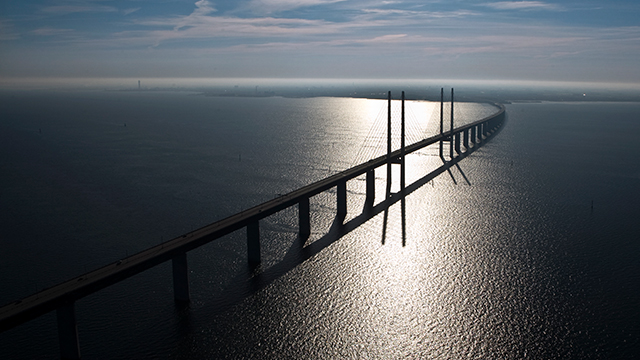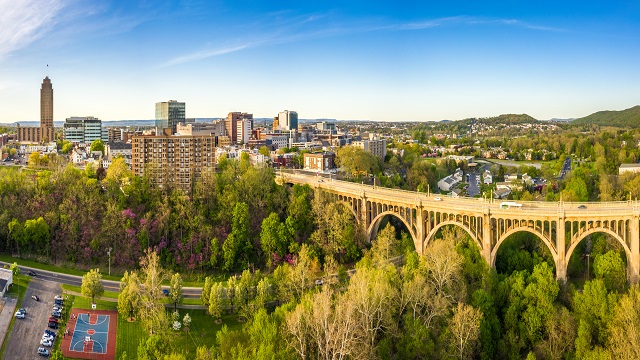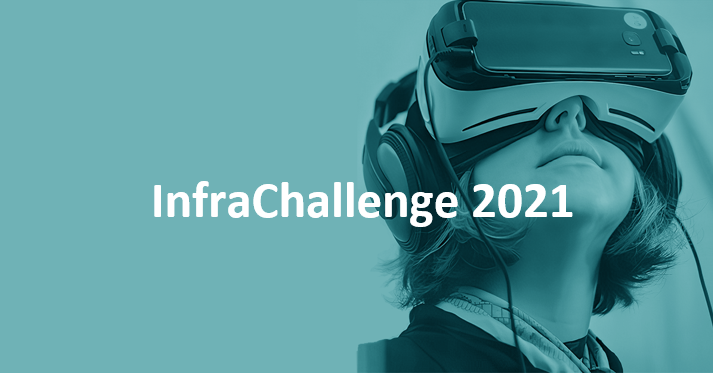1314 results found
Featured results



More results
Discover how you can get involved with InfraChallenge 2021, applications close 12 March.
The Global Infrastructure Hub (GI Hub) strives to be an organisation where the different backgrounds and perspectives of our people contribute to diversity of thought and approach, enabling us to better live our values and achieve our mission. This diversity includes gender diversity with an awareness of our particular ability to bring attention to the need for gender equality and inclusion in infrastructure.

On average, around 40% of the primary infrastructure transactions that involve private sector participation also involve a public institution. However, this varies by income group.


Policy and regulatory implications of recent advances in the benchmarking of infrastructure investments.
The benefits of infrastructure spending during an economic downturn for New Zealand are explored.
As stimulus spending ramps up, a ten-year trend study shows private investment in new infrastructure has declined since 2010.
A recent webinar co-hosted by Jacobs and the Global Infrastructure Hub focused on turning inclusivity frameworks into practical results in infrastructure planning and delivery.
The city of Nice in the south of France is continuously expanding, requiring additional urban space.
From robust governance to leadership, discover why Singapore is a global leader in infrastructure.
Cross-border infrastructure is essential for connectivity. The GI Hub has created a reference guide that presents key learnings and global practices for successful cross-border projects, drawing from a comprehensive literature review, analysis of case studies and the input of international experts in cross-border projects.
We look at some options for the US to effectively fund and facilitate the delivery of major infrastructure projects.
The future of infrastructure mega-projects was explored recently by an international panel of experts in a webinar co-hosted by the Columbia University School of Professional Studies and Global Infrastructure Hub. The event took place as the global community begins looking towards a period of post-pandemic recovery and what the future of infrastructure may look like.
InfraChallenge is looking for practical and scalable tech-based ideas for building and maintaining better, more resilient infrastructure.
How can hospital PPPs learn from the past to adapt for a post-COVID world?
The Thames Tideway Tunnel is an interceptor sewer being constructed in central London to control the 39 million tonnes of untreated sewerage that flows in to the Thames River on an annual basis
Cost SAR 50 Million The project is fully funded by the government
Based on the study of abroad experiences in the implementation of these type of contracts, an analysis of the current conditions and capabilities of UAE was conducted and it was found that they are similar to the conditions and capabilities of those countries
The project is initiated under Saudi Arabia?s Vision 2030 and National Industrial Development and Logistics Program (NIDLP) initiatives and is part of the Logistical and Land port infrastructure development program.
Cost: SAR 38 million Fully funded by the government
The Project alignment length is approximately 14.6 km and consists of a twin deck 2x2=4-lane road tunnel beneath the Bosphorus Strait connecting the European and Asian shores of Istanbul as well as widening of approximately 9 km of existing roads leading to the tunnel.







 Infrastructure Monitor 2020
Infrastructure Monitor 2020











